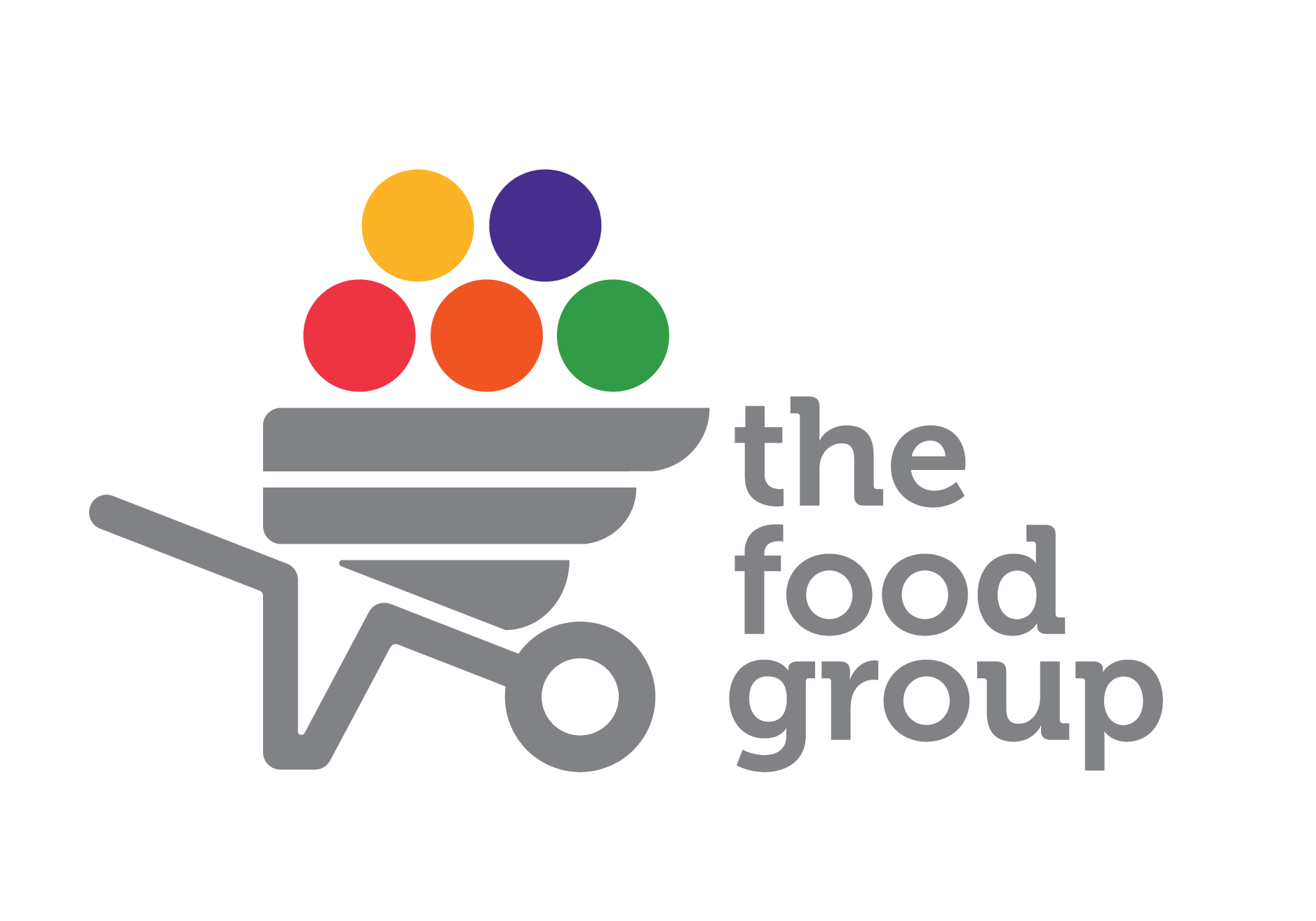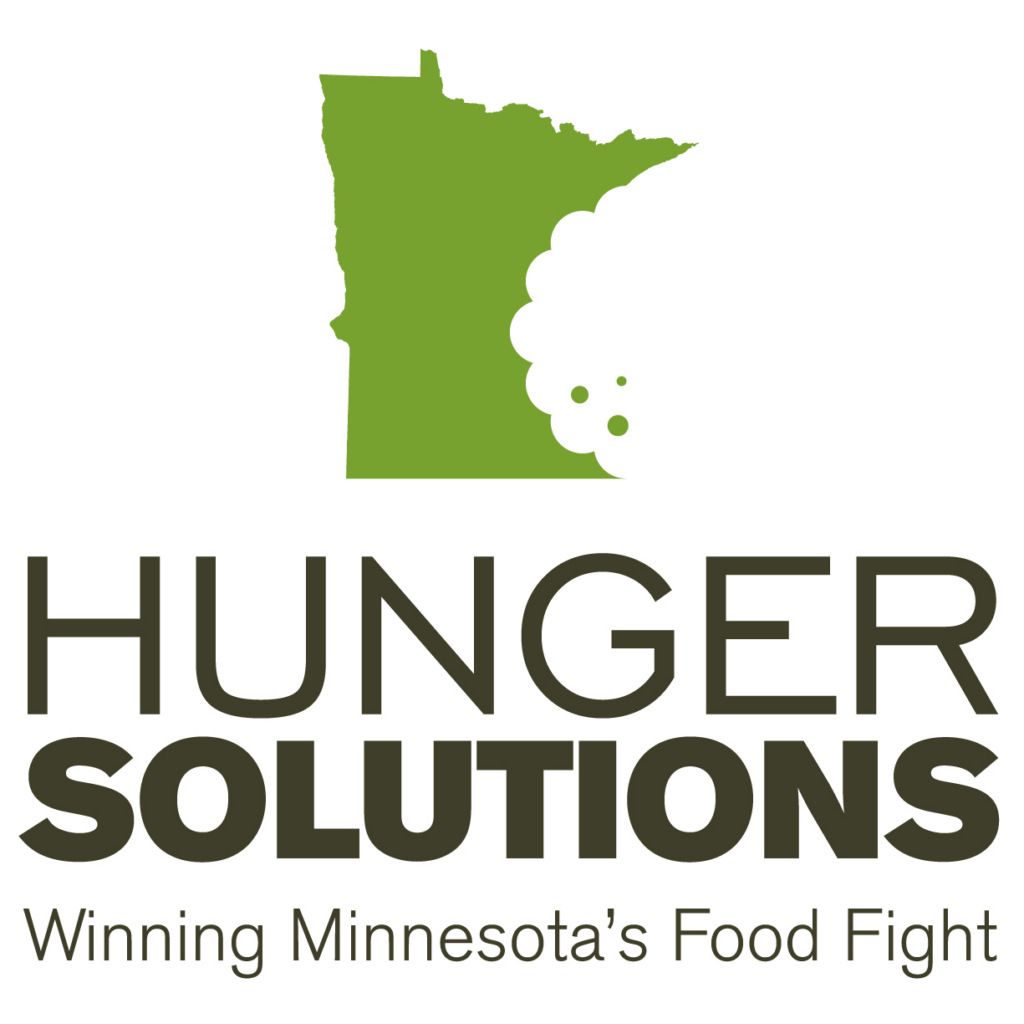
Updated 7/15/25
On July 3, Congress passed their bill that cuts a devastating $186 billion—the largest cut in history—from the Supplemental Nutritional Assistance Program (SNAP), reducing the program by 20 percent. The bill, signed into law on July 4, will also impose harsh work requirements that disproportionately impact parents and seniors, dramatically increase costs for states, and eliminate nutrition education programming for low-income Americans.
Nearly half a million Minnesotans rely on SNAP to put food on the table. These cuts put many at risk of losing some or all of their food support and further increase barriers for vulnerable groups. They also undermine the economic stability of local farmers and grocers and threaten to push state resources beyond their capacity.
SNAP Helps to Fight Hunger in Minnesota
The Food Group recorded a record-breaking 9 million visits to food shelves in 2024. That’s an increase of 1.4 million compared to 2023, and 2.5 times the total visits in pre-pandemic 2019. Hunger is rising in Minnesota—and we need SNAP to fight it.
SNAP is the largest federal food assistance program, providing food benefits to supplement grocery budgets for low-income individuals and families. 41 million people across the country used SNAP in 2024. 1 in 13 households in Minnesota used SNAP last year. 37% of Minnesota participants were children, 17% were seniors, and 12% were people with disabilities.
SNAP supports participants’ overall wellbeing and economic stability, freeing up vital funds for other basic needs like housing and transportation. Research also shows that children who receive SNAP benefits early in life see better outcomes as adults.
SNAP also stimulates local economies. Every $1 in SNAP benefits generates an astounding $1.50 in local economic activity, bolstering farmers, grocers, and retailers across the state.
How will cuts impact Minnesota?
This bill has far-reaching implications for Minnesotans. Quite simply, Minnesotans will go hungry, including seniors, veterans, and children. Grocery stores will struggle. Farmers will face hardship. Food shelves will struggle to meet growing need. Here’s why.
Impact For Minnesota Families and Seniors
SNAP is an irreplaceable lifeline for Minnesotans struggling to put food on the table. Many already can’t afford food due to rising costs and other challenges like job loss or having a disability. That’s where SNAP comes in. Currently, the average SNAP benefit is a humble $5.16 day. But for many Minnesotans, that $5.16 a day is the difference between a full and empty belly.
For Ronda, a senior from Duluth, SNAP means she can put her resources toward a safe place to live.
I don’t have the money to spend on groceries, at all. My money goes so I have a place to live.
The cuts will gut benefits for vulnerable Minnesotans and make it harder than ever to qualify for SNAP. Minnesotans will likely see a reduction in their SNAP benefits, and many will lose food benefits altogether due to new requirements and a more complicated process.
The changes also disproportionately impact 32,0000 veterans, families with young children, and seniors who depend on SNAP. People in rural Minnesota will be hit hardest with over half of SNAP participants living outside the seven-country metro.
Impact For Minnesota’s Grocers and Farmers
Local grocery stores rely on SNAP to keep their shelves stocked and doors open. In a letter to Representative Brad Finstad, The Minnesota Grocer’s Association expressed concern about the impact of SNAP cuts on both consumers and local food retailers. They also emphasized that it’s coming at a time when grocery stores face rising labor costs, higher energy bills, and supply chain disruptions.
SNAP was responsible for the creation of 2,590 U.S. grocery industry jobs. Nationally, SNAP spending accounted for 12% of all grocery store spending. In 2024, Minnesota SNAP participants spent over $857 million at eligible retailers. These dollars directly support the state food system and strengthen local communities. The Minnesota Grocers Associations says that:
SNAP funding is a crucial tool for supporting families in need while also benefitting local retailers.
SNAP dollars also directly support farmers, especially those who sell at farmers’ markets or directly to consumers. Less spending by SNAP participants will inevitably generate less revenue and hurt farmers’ bottom line. US Senator Amy Klobuchar commented on the sweeping economic impact in a recent statement:
It means farmers, who are already operating on razor-thin margins, will see billions in lost revenue. It will mean job losses and lost wages for everyone who is a part of the food system – from truck drivers to local grocers.
Impact For Minnesota Food Shelves
Minnesota food shelves work hard to respond to their community’s needs, but they simply can’t step into the gap left by SNAP. For every 1 meal Minnesota food shelves provide, SNAP provides 9. If SNAP is cut by 30 percent, already strained food shelves would need to cover an additional two meals to keep SNAP participants from going hungry.
Sitlaly, a single mom of four, needs both food shelves and SNAP to provide nutritious food for her young children:
SNAP means a big help for my family as I am a single mom with 4 kiddos. I do work 40 hours and don’t get enough food support and go to food shelves
Minnesota’s food shelves are already at or above capacity, struggling with high demand and reduced resources. Recent federal cuts to the USDA’s CCC TEFAP Program have left many food shelves with less free food to distribute to their communities this year. With limited resources and capacity, they simply cannot close the gap created by federal cuts to SNAP.
Impact For the State of Minnesota
The bill threatens to push state resources past their limit by requiring states to pay for up to 15% of SNAP benefit costs based on the state’s SNAP error rates. A 10% share reflecting Minnesota’s the 2024 error rate will cost Minnesota $85 million a year. The bill also significantly increases Minnesota’s SNAP administrative costs from 50 to 75%. The state cost share will go into effect in 2028, while the administrative cost share increase is effective now.
In a recent article by The Star Tribune, The Food Group Executive Director Sophia Lenarz-Coy explained:
It will leave states with the impossible situation of trying to figure out how to fill in these gaps.
Continuing the Fight
Cutting SNAP will push more families into food insecurity and deepen an already urgent hunger crisis. The Food Group remains committed to our mission of food for today and change for tomorrow. We will keep fighting for lifesaving supports for struggling Minnesotans from supporting local food shelves to providing affordable groceries to supporting emerging farmers to advocating for SNAP.



You must be logged in to post a comment.